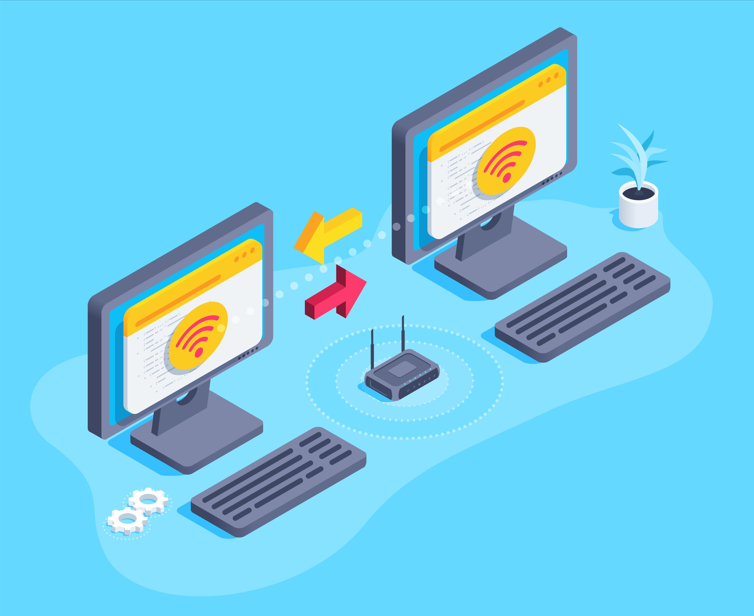
Remote Desktop Protocol, or RDP, is a protocol that allows users to access and control a computer remotely, or over a network connection. Using this protocol, you can connect to a computer that is located elsewhere, such as an office. Many people utilize this protocol when working from home. By using RDP, an individual can interact with and use anything that is on the computer they are connected to from any location in the world. In many ways, this technology is amazing and effective, allowing businesses to operate with ease and convenience. Additionally, this protocol can be very useful for IT professionals, who can remotely connect to your device in order to troubleshoot and solve problems.
However, this protocol needs to be carefully monitored and used securely, or else it can support unauthorized access to your systems. RDP hijacking is a term that refers to cyberattacks that exploit the features RDP offers. Usually, a hacker is able to “resume” a previously ended RDP session, through which they can take over control of your device. This way, a hacker can gain access to your system without having to steal your log in credentials. There are a few different methods a hacker could use to resume an RDP session, but all lead to unauthorized access to your system.
RDP hijacking attacks can be hard to detect because, to the system, the activity appears to be legitimate. Intrusions can be difficult to spot because the attacks do not require user input. Because of the hidden nature of the attacks, it is important to understand how to detect and prevent these attacks in the first place. If your company uses RDP often, it is important that you create a group policy that establishes guidelines related to working remotely. In order to prevent previous sessions from being hijacked, users should log out after each session to ensure the session cannot be resumed by a hacker.
Also, it is important that you never let someone remote connect to your device that you do not know or trust. Scammers have been known to pose as customer service workers or IT professionals and claim to need access to your device. Once you give them access, they will have uncontrolled access to all of your data. If you ever get an unprompted, unusual phone call, email, or text message from someone claiming to need remote access to your device, do not trust them, and do not give them access. This is one of the methods they could use that would enable them to resume the session later without you even being aware.
The use of RDP at your workplace should always be monitored, controlled, and regulated. There are many cybersecurity tools available that help create barriers between hackers and your systems, including two-factor authentication (2FA) or multi-factor authentication (MFA), anti-virus software and threat detection software, and even simple software updates. RDP should always be disabled on computers that do not regularly use the protocol, and computers that do use it should have event-logging and review logs enabled. All computers involved should have proper cybersecurity procedures and protections in place, including personal devices and devices from third-party vendors.
Since there are vulnerabilities within RDP itself, the use of VPNs can also help protect you from attacks and is a preferred method for secure remote connectivity. VPN connections will encrypt RDP traffic and help prevent hackers from exploiting known vulnerabilities in the software. A trusted IT professional will be able to help you remotely connect to your devices safely and securely by putting the proper protections in place and educating you on how to use it safely and effectively.
Read our previous post here: AI-Based Impersonation Scams Are On The Rise
